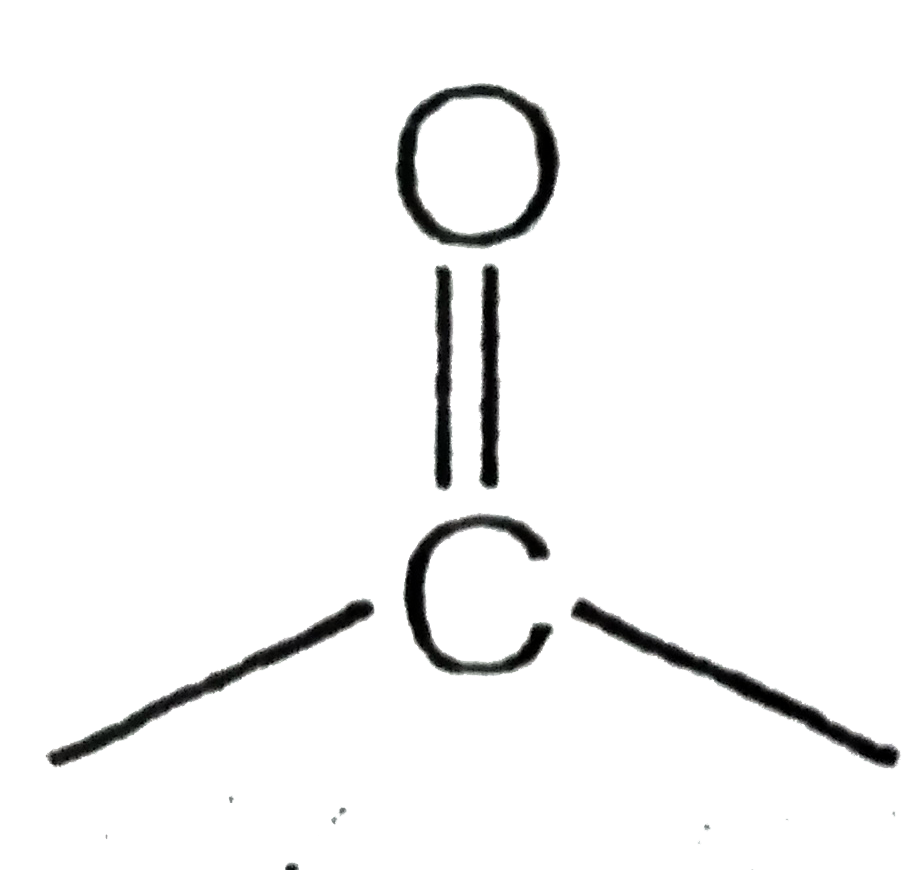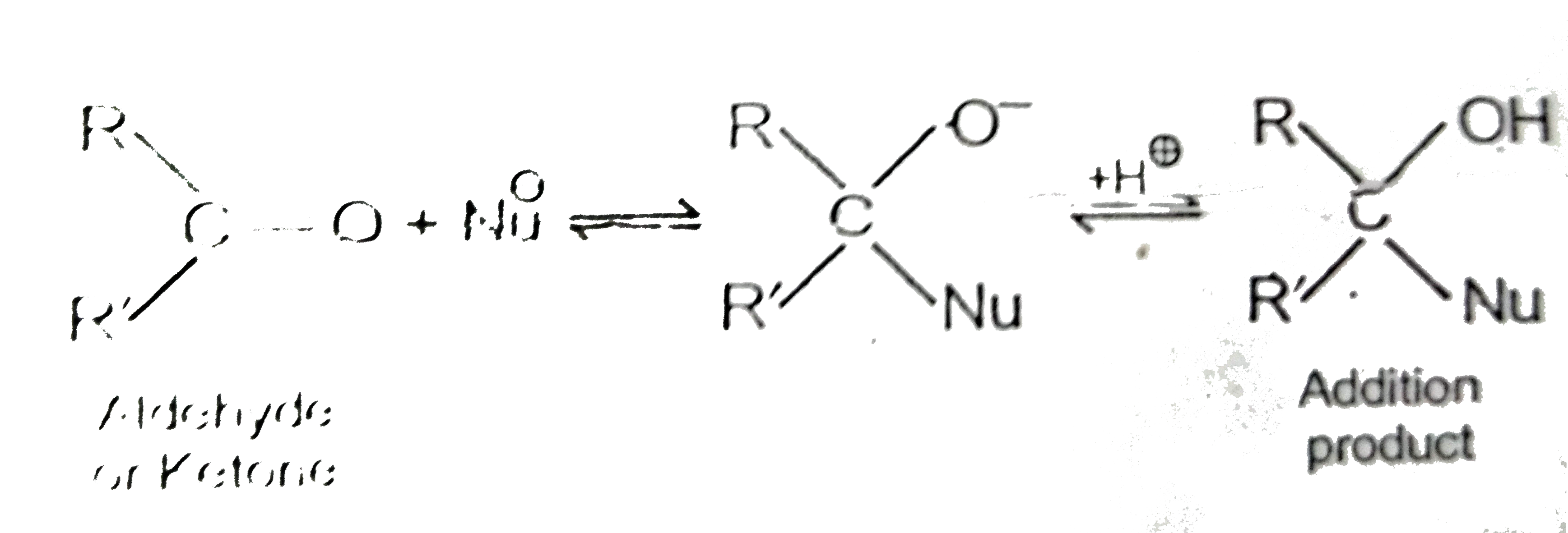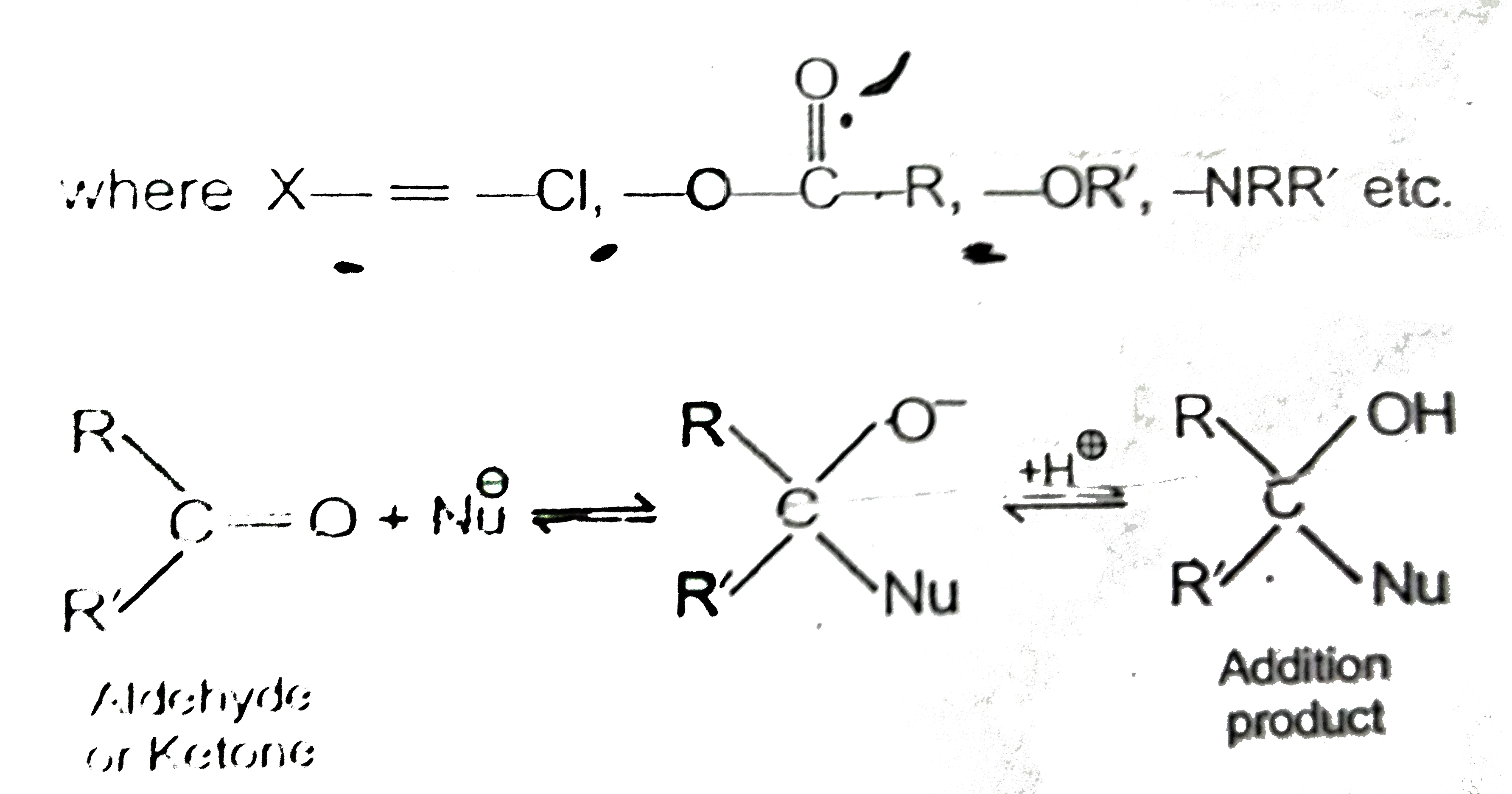[A] : Peyer's patches are derivatives of lymphoid tissue.
[R]: These are most numerous in the region of colon.
If both A and R are true and R is the correct explanation of A
If both A and R are true but R is not the correct explanation of A
If A is true and R is false
If both A and R are false
The correct Answer is:C
To solve the question regarding Peyer's patches and their location, we will analyze both the assertion and the reason provided.
1. Understanding Peyer's Patches:
- Peyer's patches are small masses of lymphatic tissue. They play a crucial role in the immune system by monitoring intestinal bacteria and preventing the growth of pathogenic bacteria.
Hint: Remember that Peyer's patches are part of the immune system and are related to lymphatic tissue.
2. Location of Peyer's Patches:
- These patches are primarily found in the ileum, which is the last part of the small intestine. They are not predominantly located in the colon.
Hint: Focus on the specific region of the small intestine where Peyer's patches are most abundant.
3. Evaluating the Assertion:
- The assertion states that "Peyer's patches are derivatives of lymphoid tissue." This is true because they are indeed formed from lymphatic tissue.
Hint: Consider the definition of Peyer's patches and their origin in the lymphatic system.
4. Evaluating the Reason:
- The reason states that "These are most numerous in the region of colon." This is false, as Peyer's patches are most numerous in the ileum, not the colon.
Hint: Recall the anatomical location of Peyer's patches to determine the accuracy of the statement about their abundance.
5. Conclusion:
- Since the assertion is true and the reason is false, the correct answer is that the assertion is true while the reason is false.
Final Answer:
The correct option is that the assertion is true, but the reason is false.
- Peyer's patches are small masses of lymphatic tissue. They play a crucial role in the immune system by monitoring intestinal bacteria and preventing the growth of pathogenic bacteria.
- These patches are primarily found in the ileum, which is the last part of the small intestine. They are not predominantly located in the colon.
- The assertion states that "Peyer's patches are derivatives of lymphoid tissue." This is true because they are indeed formed from lymphatic tissue.
- The reason states that "These are most numerous in the region of colon." This is false, as Peyer's patches are most numerous in the ileum, not the colon.
- Since the assertion is true and the reason is false, the correct answer is that the assertion is true while the reason is false.
The correct option is that the assertion is true, but the reason is false.
Topper's Solved these Questions
Similar Questions
Consider the following statements.
I) Secondary lymphoid organs includes lymph nodes, spleen and small masses or lymph tissue such as Peyer's patches, appendix and thymus.
II) The secondary lymphoid organs are the site of lymphocyte maturation and they efficiently trap antigens for exposure to T and B-cells.
Which of the statements given above is/are correct?
View Solution[A]: Lymphocytes develop in lymphoid tissue and involved in cell mediated and humoral immunity.
[R]: Lymphocytes are produced in primary lymphoid tissue (thymus, embryonic liver and adult bone marrow) and migrate to secondary lymphoid tissue (spleen and lymph nodes)
View Solution
Knowledge Check
Assertion : Mucus associated lymphoid tissues are specialised immune barrier located on skin.
Reason : These lymphoid tissues are located within tonsils, adenoids and Peyer's patches.AIf both assertion and reason are true and reason is the correct explanation of assertion.BIf both assertion and reason are true but reason is not the correct explanation of assertion.CIf assertin is true but reason is false.DIf both assertion and reason are false.
[A] : Macrophage is a large amoeboid cell that can engulf, ingest and destroy bacteria, damaged cells and worn-out red blood cells. This process is called phagocytosis and is an important part of the body s defence against disease.
[R]: Macrophages are found free (wandering) in the tissues, in connective tissue (as histiocytes), in the lining of the blood sinusoids of the liver (as Kupffer cells), and in lymphoid tissue. They make up the reticulo-endothelial system.
View Solution[A]: Protostele is most simple primitive type of stele.
[R]: According to Histogen theory there are three distinct apical layers which give rise to distinct tissue system of the body.
View SolutionWhich of these statements is/are correct w.r.t. MALT? a. Constitutes about 2/3rd part of the lymphoid tissue in human body. Br b. Associated with the mucus lining of digestive, respiratory and urogenital tracts. Br c. Site for interaction of lymphocytes with the antigen. d. Cells like B and Lymphocytes migrate here after maturation. It is secondary lymphoid tissue
View SolutionOut of the three states of matter, only the gases have most of the physical properties common. They neither have definite shapes nor volumes. Upon mixing they form homogeneous mixture irrespective of their nature and can also be compressed on applying pressure. In addition to these, the gases obey different gas laws such as Boyle's Law, Charles's Law, Dalton's Law of partial pressures, Graham's Law of diffusion etc. Based upon these laws, ideal gas equation PV=nRT has been derived.
For an ideal gas, number of moles per litre in terms of its pressure P, gas constant R and temperature T is :
View SolutionA: Each cell fo the sporogenous tissue is capable of giving rise to a microsproe tetrads
R: Most abundant microspore tetrads is the product of simultaneous cytokinesis
View SolutionBoth carbonyl compounds and acid derivatives though they contain
 grouping yet the reactions given by them are entirely different.
grouping yet the reactions given by them are entirely different.
As Aldehydes and Ketones give addition product with a nucleophile, while carboxylic acid derivatives give nucleophilic acyl substitution through addition/elimination mechanism.

Where X−=−Cl,−O−O∣∣C−R,−OR,−N(R)R etc.

Carbonyl character is most supressed in
View SolutionBoth carbonyl compounds and acid derivatives though they contain
 grouping yet the reactions given by them are entirely different.
grouping yet the reactions given by them are entirely different.
As Aldehydes and Ketones give addition product with a nucleophile, while carboxylic acid derivatives give nucleophilic acyl substitution through addition/elimination mechanism.

Where X−=−Cl−O−O∣∣C−R−OR,−NR(R) etc.

Which of the following is most reactive towards a nucleophile?
View Solution